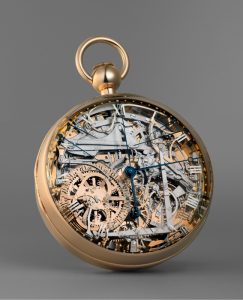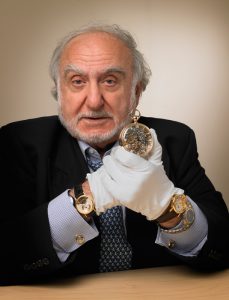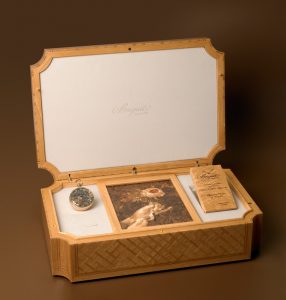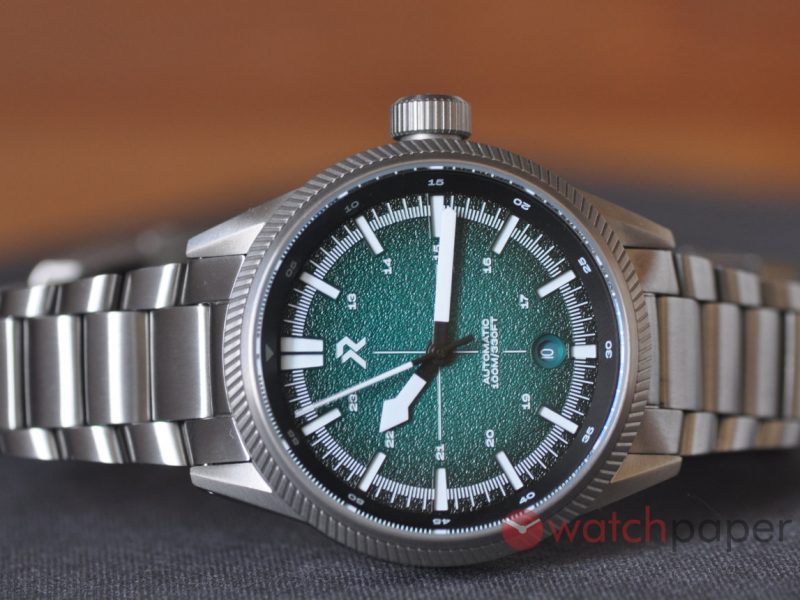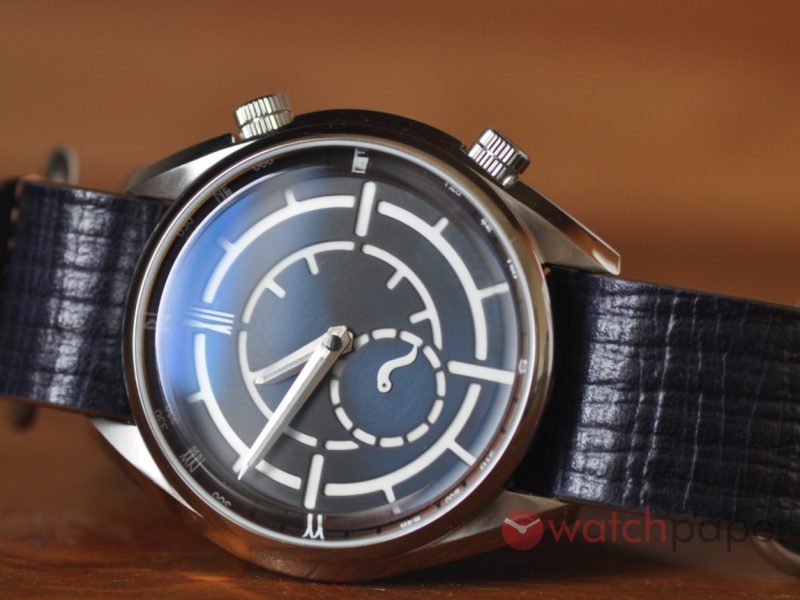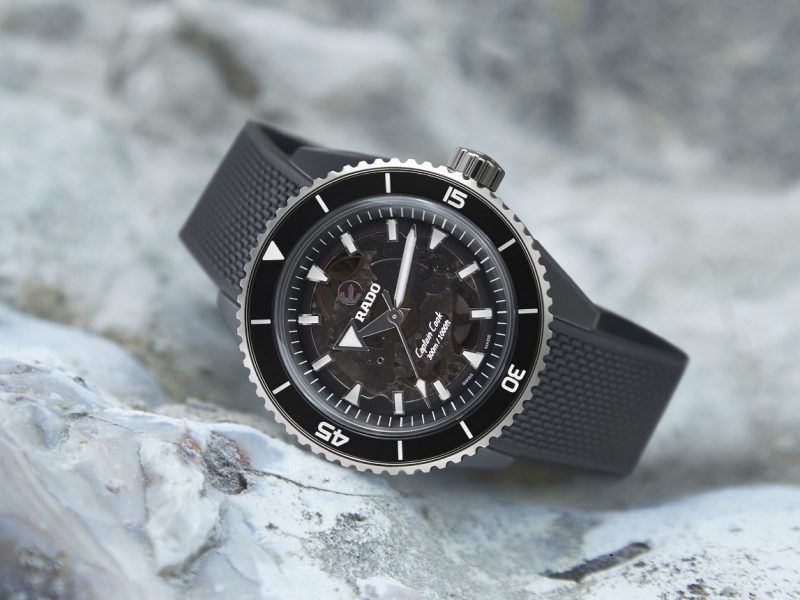BREGUET Marie-Antoinette Grande Complication pocket-watch ~ N°1160
The art of complexity
Marie-Antoinette was driven by a truly passionate desire for Breguet watches. Keen to possess any auspicious novelty, she had acquired a number of timepieces, including a perpétuel watch embellished with a self-winding device developed by Breguet. In 1783, one of her admirers ordered from the workshops in the Quai de l’Horloge, the most spectacular watch possible, incorporating the entire body of horological science of the time, as a gift to the queen. The order specified that gold should, wherever possible, be used instead of other metals, and that the complications should be both multiple and varied. Unconstrained by limitations of cost or time, Breguet had a free hand.
The queen never had the opportunity to admire the timepiece. It was not completed until 1827, 34 years after her death, 44 years after it was ordered and four years after the death of the founder. Breguet n°160, known as the “Marie-Antoinette”, entered into watchmaking legend from 1783. Its extreme complexity, its roots and its story, as fabulous as it is epic, have haunted the watchmaking landscape and the minds of collectors for more than two centuries. More recently, its destiny shrouded in mystery – stolen from a Jerusalem museum and lost for decades – has written a new page in the saga.
In 2005, Nicolas G. Hayek set himself the challenge of reproducing it identically. He then heard about the fate of the oak of the palace of Versailles, the queen’s favourite tree, which had to be felled, and decided to give it a second life by fashioning from its wood the presentation case of the watch. Versailles offered the tree to Montres Breguet which, as a token of its gratitude committed itself to the restoration of the Marie-Antoinette domain. Just when the manufacture of the watch reached its end in 2007, the spoils of the 1983 robbery suddenly appeared as if by magic in Jerusalem. The saga continues. Montres Breguet has to date not yet had the opportunity to inspect them.*
Today presented in Basel, the queen of watches reveals a host of complications. Research among the archives and original drawings from the Breguet Museum and from other high institutions of culture like the Musée des Arts et Métiers (arts and crafts museum) in Paris, are the only available sources of information. Comparative examinations of contemporary antique watches, notably the Duc de Praslin watch, have revealed new factors concerning the styling and watchmaking techniques of the period. The research has brought to light skills that have today vanished and has enabled the manufacturing company to produce a timepiece that is in every respect faithful to its predecessor.
Reproducing and designing such a large number of complications on the sole basis of documents is against the odds and reveals the talent of the watchmakers at Montres Breguet. Each function and every decorative feature was minutely analysed. In the coachwork of the watch for example, the yellow gold of the 63mm-diameter case was cast in a special, more coppery alloy in order to match the period hue. The glasses for the dial and the case, made of rock crystal, allow the movement to display its finery and the marvels of its finish. The research has moreover brought to light a complication of the original watch: jumping hours.
As a self-winding watch with a minute-repeater striking the hours, quarters and minutes on demand, the new Marie-Antoinette has all the makings of a work of art. A full perpetual calendar displays the dates, the day and the months respectively at 2 o’clock, 6 o’clock and 8 o’clock. The equation of time at 10 o’clock proclaims the daily difference between solar time and the mean time told by watches. In the centre, the jumping hours – invented by Breguet – and the minutes are joined by a long independent seconds hand, while the small seconds are shown at 6 o’clock. The 48-hour power-reserve indicator 10:30 balances a bimetallic thermometer at 01:30.
The self-winding, “perpétuel” movement comprises 823 outstandingly finished components. The baseplates and bridges, the smallest gear-wheels in the trains for the underdial work, the dates and the repeater are fashioned in pink gold polished with wood. The screws are in polished blued steel; the points of friction, holes and bearings, set with sapphires. The smallest details demonstrate perfect execution and have been finished by hand. This masterly and unprecedented mechanism is furthermore fitted with a particular type of natural-lift escapement, a helical balance-spring in gold and a bimetallic balance-wheel. The anti-shock device – a double pare chute, another Breguet invention – gives protection against blows and shocks to the balance staff and to the shafts of the winding weights.
This masterpiece fit for a queen rests in a precious presentation box made of more than 3,500 pieces sculpted from the wood of the royal oak. It encloses a lavishly crafted inlay work of more than a thousand pieces of wood depicting the hand of Marie-Antoinette holding her rose – a detail inspired by the famous portrait of the queen. The outside of the box faithfully reproduces the parquet flooring of the Petit Trianon.
In as much as in those days Breguet intended to make this watch into a monument to the glory of 18th century horology, the brand has in 2008 performed a feat of prowess by bringing a legend to life and anchoring it in the 20th century.
*Note from the editor: This is a Breguet press release, prepared for the 2008 Baselworld. In the mean time the missing Breguet “Marie-Antoinette” n°160 was recovered by the police, together with other watches that were stolen during the burglary in 1983.


